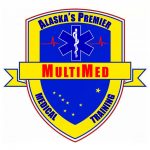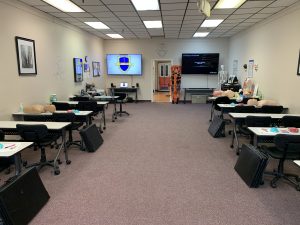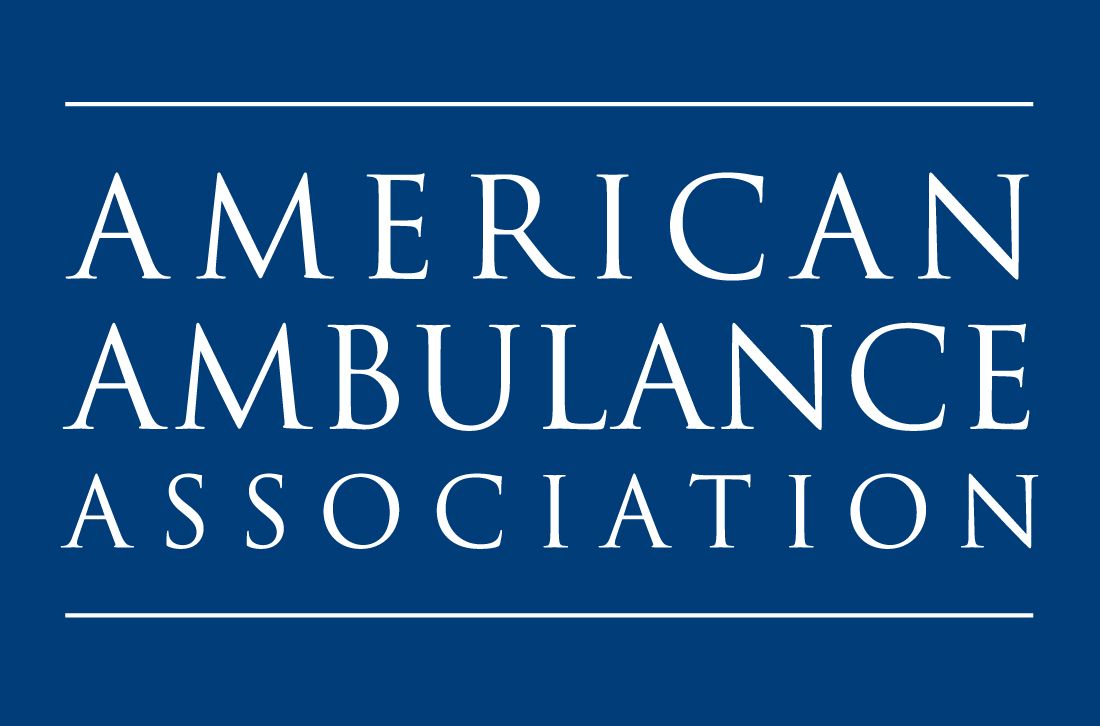MultiMed Alaska EMS Training


Our Mission is to provide the highest quality medical education available. The EMS personnel we educate and train are responsible for providing out of hospital patient care for Alaskans both locally in Anchorage and in many rural communities. Lives depend on the education and skills we provide every student attending our classes. We take that responsibility very seriously … We provide high quality EMS education and skills training to ensure new providers feel confident to provide the highest quality of patient care possible. Our goal is to provide you with the highest quality of training to ensure you are educated and skilled to make a difference!
Emergency Trauma Technician (ETT) and AHSI BLS CPR/AED Course
The Emergency Trauma Technician training program is 40 hours in length and teaches the basics of emergency medical care. The ETT provides basic life support such as patient assessment, splinting, hemorrhage control, oxygen therapy, suction, CPR and use of automated external defibrillators (AEDs). An ETT may assist with the administration of the patient’s own epinephrine auto injector, nitroglycerin, or hand held bronchodilator inhaler. ETT’s are taught to recognize and treat symptoms of heart attack, stroke, poison, overdose, hypothermia and cold related injuries as well as treatment for burns and a variety of other medical conditions. The course has evolved considerably since it was first developed in Southeast Alaska for use in logging camps. The ETT course can be modified to meet the particular needs of the students or community. This course is approximately 40 hours in length.
ETT and Provider CPR Recertification Course, 16 hours
80-Hour Emergency Medical Technician (ETT to EMT-1 Bridge Course) for Providers CPR Course, (2 year certification for both)
The Emergency Medical Technician-I is equivalent to the National Standard EMT-Basic, as described in the United States Department of Transportation (USDOT) curriculum, revised in 1994, excluding the use of advanced airway devices. The EMT provides basic life support such as splinting, hemorrhage control, oxygen therapy, suction, CPR and use of automated external defibrillators (AEDs). Clearly, most treatment procedures performed in any EMS System, regardless of level, are basic life support procedures. Mastery of EMT-I level knowledge and techniques must occur before moving to an EMT-II level of certification. Basic skills should be maintained regardless of certification level. Under the direct or indirect authorization of a physician, an EMT-I may assist with the administration of the patient’s own epinephrine auto injector, nitroglycerin, or hand held bronchodilator inhaler. The use of a manual external defibrillator requires separate certification as a Defibrillator Technician. The EMT-I Bridge course is at least 80 hours in length. You will also receive your Provider CPR certification during this course. ETT certification is a prerequisite. This course is approximately 80 hours in length.
NREMT-B Information
If you are interested in getting your National Registry EMT B certification instead of your State of Alaska EMT 1 certification we have great news for you.
If you wish to obtain a NREMT certification: upon them completing your EMT-1 Bridge course and successful completion of the State EMT-1 psychomotor exam you only need to successfully complete the NREMT EMT exam. You do not need to take the State written exam, the State of Alaska will accept your successful passing the cognitive exam as meeting the state cognitive exam.

